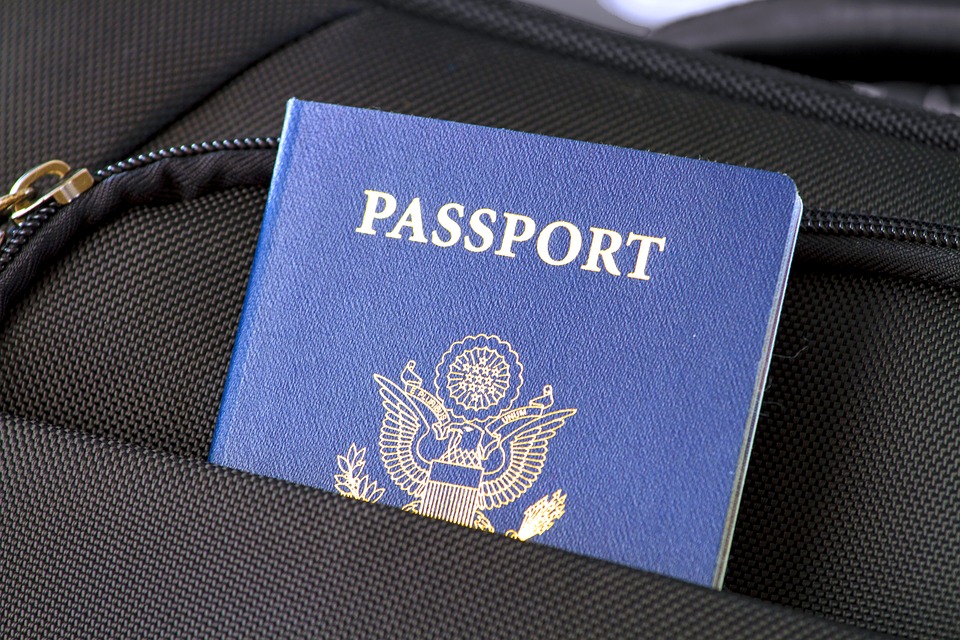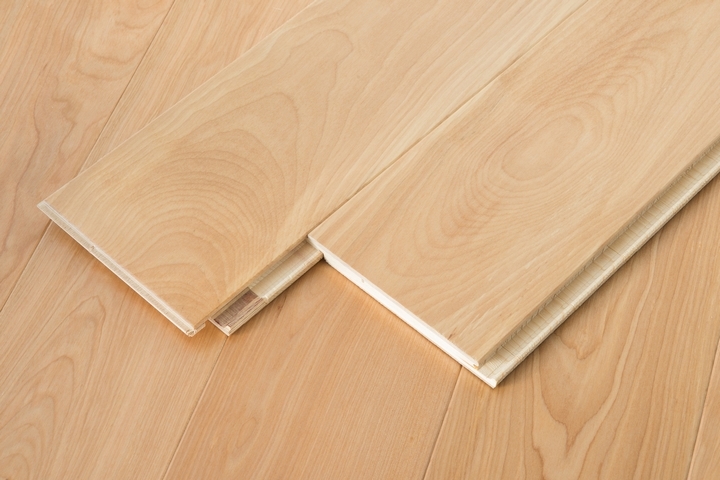A long-distance move is no walk in the park. You need to take time to plan the move carefully to avoid the common pitfalls associated with such a move. Here’s some long distance moving advice that will enable you to have a successful move even if it’s your first time.
1. Pack the Right Way

Make sure everything is well cushioned inside the packing boxes. Your stuff is bound to get handled by multiple people during the move so you want to make sure all boxes are packed to the brim and that nothing is loose. The containers you’ve put in the boxes should be sealed properly to keep the contents intact should the box be turned upside down. Buy good quality boxes and don’t fall for the temptation of using low-grade alternatives.
2. Take Out Insurance

Nothing is guaranteed during a long-distance move. No matter how much precaution you take, it’s always a coin toss and you should expect to break or lose something. For this reason, you might want to take out insurance. Movers are required by Federal law to provide liability of $.60 per pound of weight. If this is not adequate for you, consider purchasing full coverage insurance.
3. Keep Your Important Documents with You

If you have important documents you will need immediately upon arrival, keep them on our person during the move. Some of these documents include a social security card, driver’s license, birth certificate, and passport. If you’ll be looking for a job or starting a new one, then you might also need a recent bank statement, pay stubs and/or tax returns. If you need any of these documents before your shipment arrives, keep them with you throughout the move.
4. Never Pack Foods and Liquids

There’s the risk of perishable foods getting crushed during the move. That’s not all – they also attract insects and other creepy crawlies during shipment. For this reason, you shouldn’t pack any foods for your move even when you use sealed containers. This is one of the often-overlooked pieces of long distance moving advice.
5. Inspect All Outdoor Furniture

Before packing your outdoor furniture, check to make sure there are no signs of larvae or insect infestation. You don’t want to carry contaminants to your new home. There are also regulations about it. If your furniture does have an infestation, deal with it before the day of the move.
6. Pack Mattresses in Boxes

If you don’t want your mattress getting bent out of shape, dirtied, or damaged during the move, you should pack it in a box.
7. Consider Furniture Placement in Your New Home

Figure out where all your furniture will go once it gets to the new home. Make sure everything you carry with you will fit. There is really no point ferrying bulky pieces of furniture interstate only for you to struggle to fit them into the new rooms. Have a plan for where each piece of furniture will go and get rid of the excess before the move.
8. Label Your Boxes

All boxes should be properly packed and labeled. Each box should have a list of the contents, the room its meant for. These details will help during the unpacking process. Sometimes, long distance trucks carry the belongings of different people . If this is the case, indicate your name clearly on each box since you don’t want your stuff going missing.




